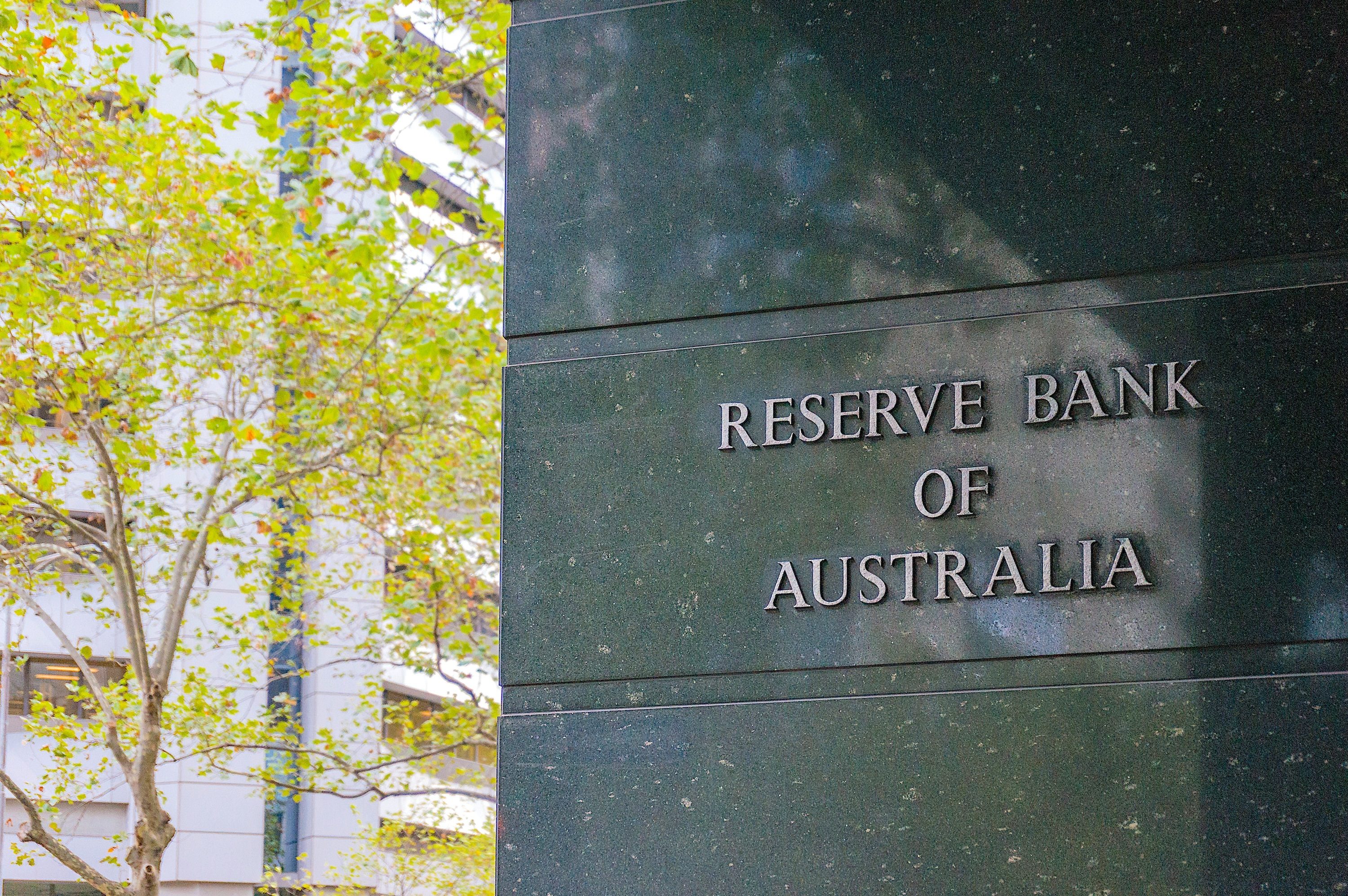Your selected home loans
Compare Australia’s best home loans from 4.64% p.a.
Mozo compares home loans from big and small lenders to help you find the best deal for you, with rates starting at 4.64% p.a. (5.53% p.a. comparison rate*)

Jasmine Gearie
Senior money writer
Fact Checked










.png)




